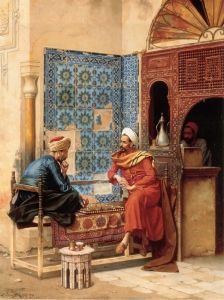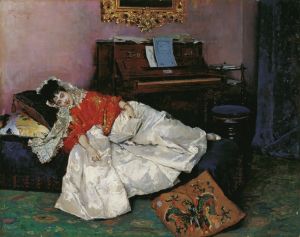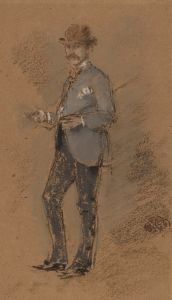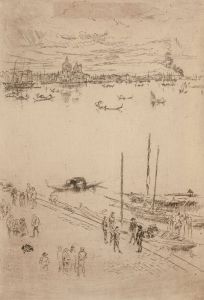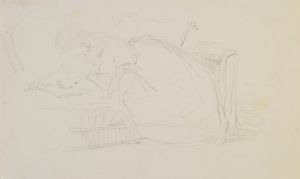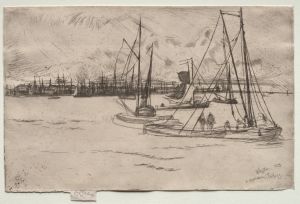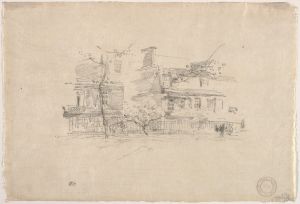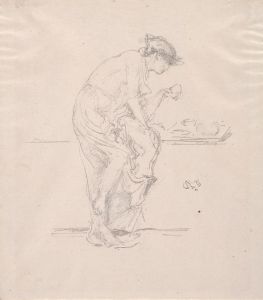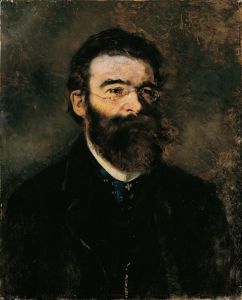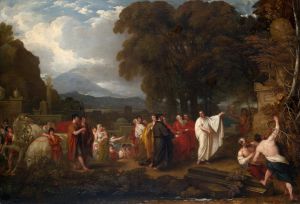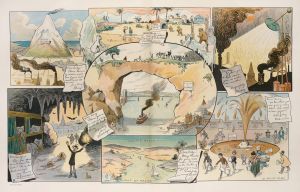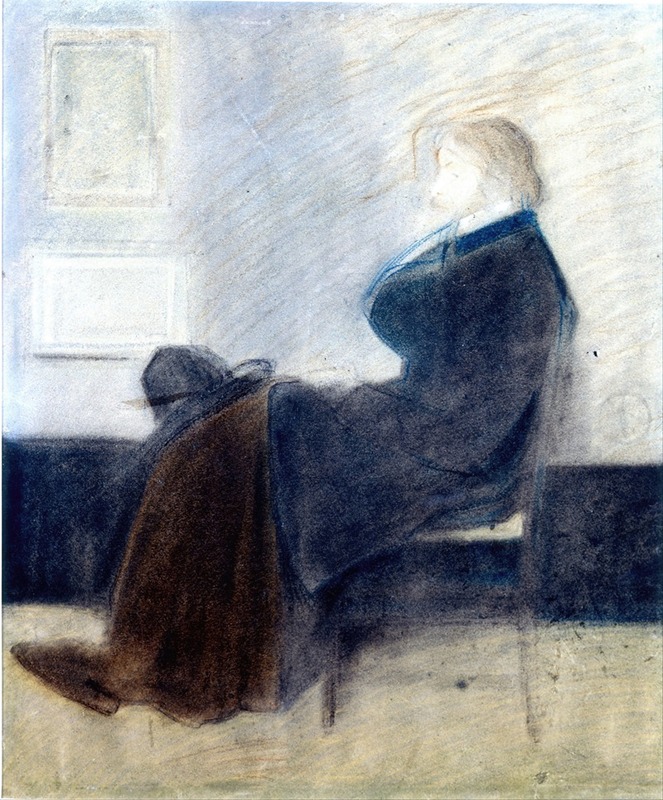
Study of Thomas Carlyle
A hand-painted replica of James Abbott McNeill Whistler’s masterpiece Study of Thomas Carlyle, meticulously crafted by professional artists to capture the true essence of the original. Each piece is created with museum-quality canvas and rare mineral pigments, carefully painted by experienced artists with delicate brushstrokes and rich, layered colors to perfectly recreate the texture of the original artwork. Unlike machine-printed reproductions, this hand-painted version brings the painting to life, infused with the artist’s emotions and skill in every stroke. Whether for personal collection or home decoration, it instantly elevates the artistic atmosphere of any space.
James Abbott McNeill Whistler's "Study of Thomas Carlyle" is a notable portrait that captures the likeness of the influential Scottish philosopher and historian Thomas Carlyle. Whistler, an American artist known for his innovative approach to portraiture and his role in the Aesthetic Movement, painted this work in 1872-73. The painting is part of Whistler's series of portraits that emphasize mood and character over detailed realism, aligning with his belief in "art for art's sake."
The portrait is executed in oil on canvas and measures approximately 171.1 cm by 143.5 cm. It is often compared to Whistler's famous "Arrangement in Grey and Black No.1," commonly known as "Whistler's Mother," due to its similar compositional style and subdued color palette. Both paintings reflect Whistler's interest in tonal harmony and his preference for a limited color scheme, which in this case includes shades of black, grey, and brown.
In "Study of Thomas Carlyle," Carlyle is depicted seated in profile, dressed in a dark suit, and set against a plain, muted background. This composition draws attention to Carlyle's thoughtful expression and the contemplative nature of his character. Whistler's use of a simple, yet effective, background allows the viewer to focus on the sitter's face and posture, capturing the essence of Carlyle's intellectual presence.
The painting is housed in the Kelvingrove Art Gallery and Museum in Glasgow, Scotland. It was acquired by the museum in 1891, marking an important addition to their collection of 19th-century art. The acquisition was significant not only for its artistic value but also because of Carlyle's connection to Scotland, making it a culturally relevant piece for the museum.
Whistler's approach to this portrait was influenced by his interest in Japanese art, particularly the use of space and simplicity, which can be seen in the painting's composition and the subtle gradations of tone. This influence is a hallmark of Whistler's style and is evident in many of his works from this period.
The portrait of Thomas Carlyle is considered an important work in Whistler's oeuvre, demonstrating his skill in capturing the psychological depth of his subjects. It also reflects the broader trends in 19th-century art, where there was a shift towards capturing the inner life of the sitter rather than focusing solely on external likeness.
Overall, "Study of Thomas Carlyle" is a testament to Whistler's innovative approach to portraiture and his ability to convey the intellectual and emotional depth of his subjects through a restrained and harmonious use of color and composition. The painting remains a significant piece within the Kelvingrove Art Gallery and Museum's collection and continues to be appreciated for its artistic and historical significance.





